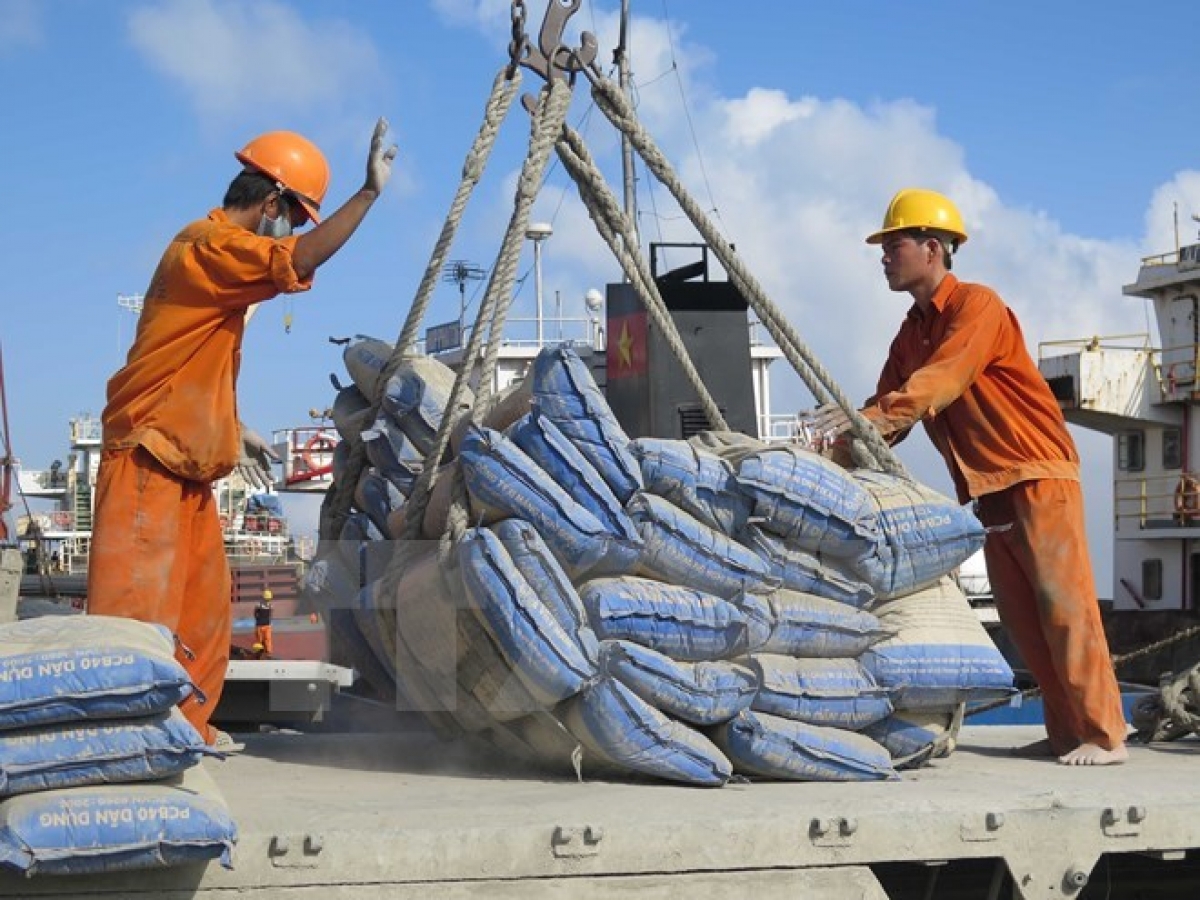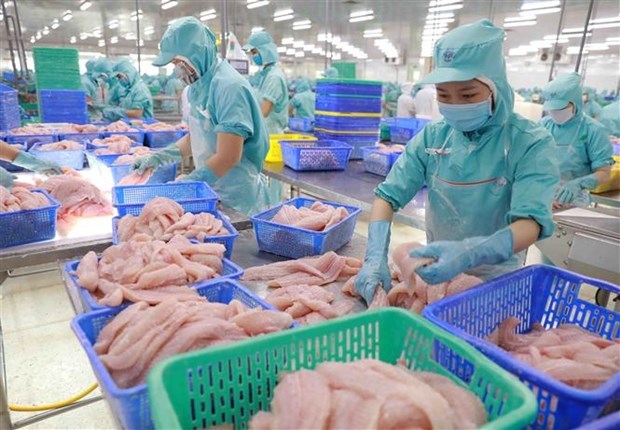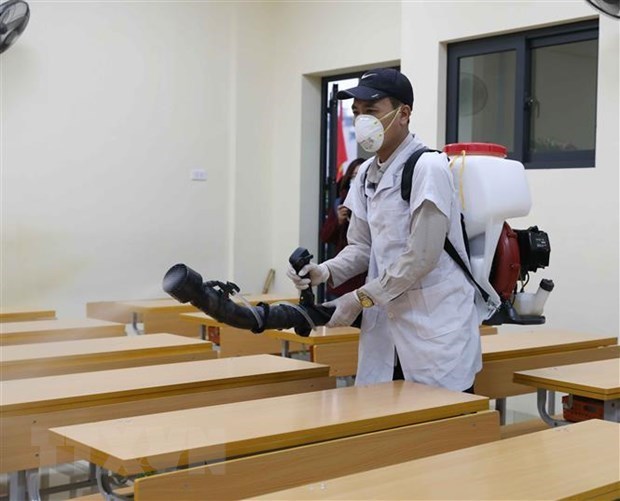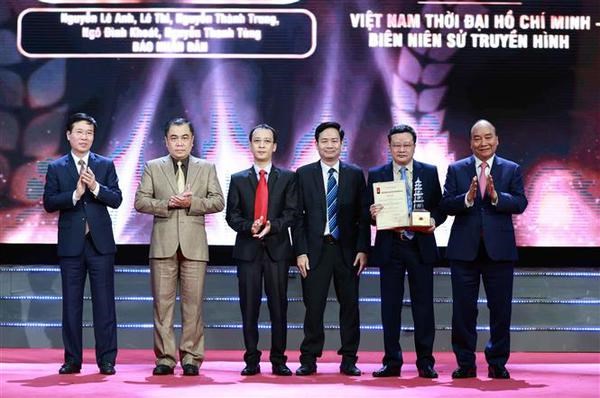This figure represents a year-on-year fall of 5.4% in volume and a rise of 3.4% in value compared to the same period from last year, reported VOV.

Most notably, the nation’s coffee export price reached the highest level since December 2017, with the average export price in September alone increasing by 4% to US$2,093 per tonne from August and a rise of 11% compared to September, 2020.
During the nine-month period, the average export price of Vietnamese coffee surged by 9.2% to US$1,884 per tonne, an increase of 9.2% against the same period from last year.
Furthermore, Vietnamese coffee exports to almost all major markets soared, with the exception of the United States, Spain, Belgium, and the Philippines.
These results indicate positive signs for the local coffee sector amid the complicated developments of the COVID-19 pandemic and high transportation costs.
The Import-Export Department under the Ministry of Industry and Trade forecasts that local coffee exports will continue to increase due to a global rise in the consumption demand and social distancing measures gradually being eased.
According to the Vietnamese Trade Office in Sweden, despite Nordic countries mainly importing Arabica coffee, Vietnamese unroasted or decaffeinated coffee has plenty of room for development in the potential market.
Moreover, the enforcement of the EU-Vietnam Free Trade Agreement (EVFTA) will serve to help local coffee enjoy competitive advantages in the Nordic market, with tariffs being slashed to 0%.
Thanks to these prospects, domestic firms are advised to devise proper marketing strategies and develop brands for specialty coffee and other coffee products, as well as investing in designing their websites, company brochures, and product specifications to make further inroads into the demanding market.
Vietnamese cement and clinker exports show drastic upturn

Vietnam's cement and clinker exports have set a new record as the country exported a total of 32.7 million tonnes worth over US$1.25 billion during the past nine months of the year, VOV reported the latest statistics released by the Ministry of Industry and Trade.
This figure represents a rise of 16.3% in volume and an increase of 20.9% in value against the same period from last year, with the cement and clinker exports remaining the growth engine of the local cement industry in recent times.
August and September witnessed the sector export between 4 million and 4.3 million tonnes of cement and clinker, marking a sharp increase compared to the 3.5 million tonnes in July and the 2.77 million tonnes exported in June.
The country exported roughly 16 million tonnes of cement and clinker worth over US$500 million to China throughout the reviewed period, while exports to the Philippines and Bangladesh hit US$240 million and US$120 million, respectively.
Despite the rise in Chinese imports of clinker helping domestic enterprises to reduce pressure from inventory and sales costs, clinker remains a semi-finished product with a low profit margin, according to Vietcombank Securities Limited Company (VCBS).
Energy experts believe that clinker exports to the Chinese market are anticipated to enjoy robust growth ahead in the remainder of the year due to China facing a serious power shortage, which is likely to cause a production shrinkage of some energy-consuming industries such as steel and cement.
Furthermore, domestic consumption of cement witnessed a decline of 5% over the nine-month period as several southern provinces moved to impose social distancing measures due to the impact of the COVID-19 pandemic.
Nguyen Quang Cung, chairman of the Vietnam National Cement Association (VNCA), said that the latest outbreak of the pandemic has caused a series of construction projects in Hanoi, Ho Chi Minh City, and other southern provinces to suspend construction, thereby leading to a fall in domestic consumption.
Vietnam’s aquatic product exports projected to reach 8.4 billion USD
Vietnam's aquatic product exports are forecast to rake in 8.4 billion USD this year, equivalent to the figure in 2020, according to the Vietnam Association of Seafood Exporters and Producers (VASEP).

Illustrative image (Photo: VNA)
The association said there is large room for seafood exports, but the sector has faced many difficulties caused by the COVID-19 pandemic over the last three months, reported VNA.
The export value of shrimp is predicted to reach about 3.8 billion USD, up 3 percent year on year. Meanwhile, the export of tra fish is likely to earn 1.5 billion USD, equal to last year's turnover, and seafood exports are predicted to drop 3 percent to 3.1 billion USD.
According to VASEP Vice Secretary General Nguyen Hoai Nam, seafood production and exports will recover slowly and continue to face difficulties until the end of the year due to a lack of raw materials and labourers, and an increase in costs of labour, transport, and COVID-19 prevention.
The ratio of workers vaccinated against COVID-19 in provinces with a thriving fishery industry remains low, he noted, adding that the localities should give priority to increasing the vaccine coverage for workers in seafood production chains.
In the coming time, it is necessary to effectively and practically implement mechanisms and policies to support workers, especially those related to social insurance, unemployment insurance, and trade union, Nam said.
He suggested authorities continue to support enterprises in accessing new loans, reschedule debt repayments, reduce interest rates and issue mechanisms to stabilise prices and production costs.
Education Ministry issues set of safety criteria in COVID-19 prevention and control
The Ministry of Education has issued a set of safety criteria in COVID-19 prevention and control for all educational systems nationwide as a basis for deciding whether schools are allowed to open.

Spraying disinfectants in a classroom (Photo: VNA)
VNA reported that educational systems include kindergartens, primary, secondary and high schools, vocational training schools, colleges, universities, academy institutes and dormitories.
Before receiving students back, schools must develop learning programmes and solutions to be ready to respond to possible pandemic situations; ensure environmental sanitation and medical equipment at the school.
Students, staff and teachers are requested to strictly follow pandemic prevention measures.
Kindergartens and primary, secondary schools must ensure that students are delivered at the school gate; promptly upgrade pandemic prevention equipment such as disinfectant, soap, and assign health staff to supervise pandemic prevention and control activities.
The distance between students and teachers must be at least one metre in classrooms, examination rooms or working rooms and at least two metres outside of those areas.
In addition, teachers and students are asked to wash their hands frequently and wear face masks.
University dormitories must be equipped with disinfectant, cleaning tools, and staff are to regularly supervise pandemic prevention and control activities.
Previously, the Ho Chi Minh City People's Committee issued a set of safety criteria in COVID-19 prevention and control for all educational institutions in the city, that replaced the one issued in April 2020.
Accordingly, the set of criteria includes 10 components. An educational institution which meets at least six criteria will be allowed to resume operations.
Those meeting 6-7 criteria are required to fulfill at least eight criteria within 48 hours to maintain operations.
Staff of educational institutions are requested to have green QR codes which show their vaccination history. If they do not have green QR codes, they must present one of the following documents: a certificate showing they have been cured from COVID-19 in the last six months or have been vaccinated at least 14 days ago.
National Press Awards 2020 honours 112 outstanding works
Winners of the 15th National Press Awards in 2020, the noblest award for journalists in Vietnam, were announced at a ceremony on October 24 night in Hanoi, reported VNA.

President Nguyen Xuan Phuc (first, right) and standing member of the Party Central Committee's Secretariat Vo Van Thuong (first, left) present the Special Prize to journalists from Nhan dan Newspaper (Photo: VNA)
Addressing the event, President Nguyen Xuan Phuc lauded the great contributions that journalists have made to the country, and congratulated the awarded journalists.
He underlined that the press is a sharp tool to fight corruption, wastefulness and negative phenomena as well as the degradation in morality and lifestyle, and at the same time provide the public with timely information and directions from the Party and State, thus contributing to creating social consensus, and promoting joint efforts in dealing with difficulties and challenges facing the country in the development path as well as the protection of national independence, sovereignty and sacred territorial integrity, and enhancing the position of Vietnam in the world arena.
At the same time, the press has proactively rejected distorted and wrongful information against the Party, State and the national construction and defence cause of Vietnamese people, he stated.
The State leader stressed that the Party and State always want and require journalists to maintain their political mettle and constantly improve professional capacity and ethics.
This year, 112 outstanding works were honoured, with one Special Prize, nine A prizes, 25 B prizes, 45 C prizes, and 32 consolation prizes presented.
Particularly, the Special Prize was awarded for the first time ever. It came to a documentary entitled “Việt Nam thời đại Hồ Chí Minh - Biên niên sử truyền hình" (Vietnam in the Ho Chi Minh era - Television Chronicles) by journalists Nguyen Le Anh, Le Thi, Nguyen Thanh Trung, Ngo Dinh Khoat and Nguyen Thanh Tung from Nhan dan Newspaper.
President Nguyen Xuan Phuc (middle), Vietnam News Agency General Director Vu Viet Trang (third, right) and Editor-in-Chief of Nhan dan Newspaper Le Quoc Minh (third, left) and journalists from the Vietnam News Agency pose for a photo. (Photo: VNA)
Meanwhile, journalists from Vietnam News Agency (VNA) bagged four awards in three categories of photo, e-newspaper and printed newspaper.
Along with honouring outstanding journalists and press works, the National Press Awards also affirms important contributions that the press makes to national development and the values of the Vietnamese revolutionary press./.